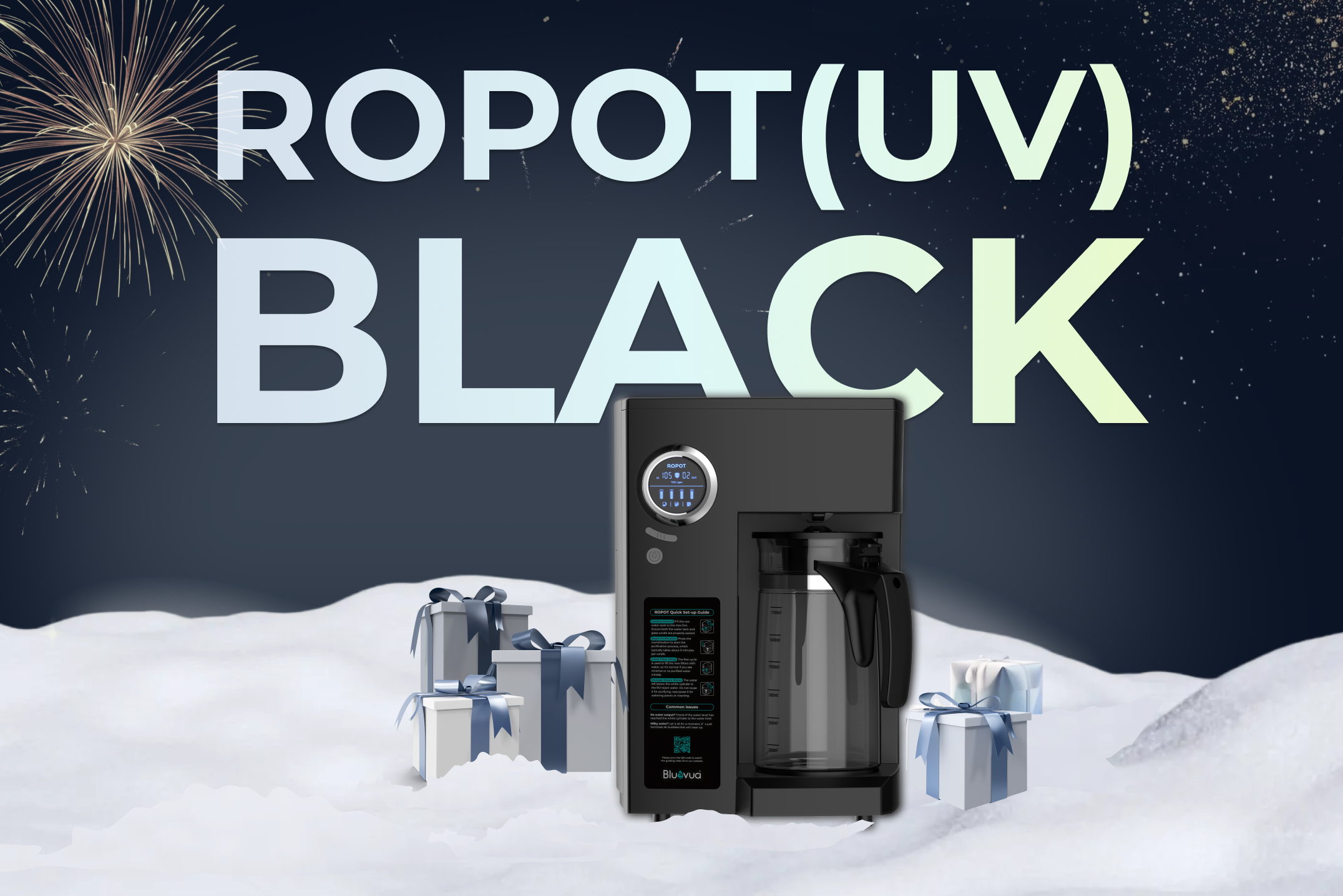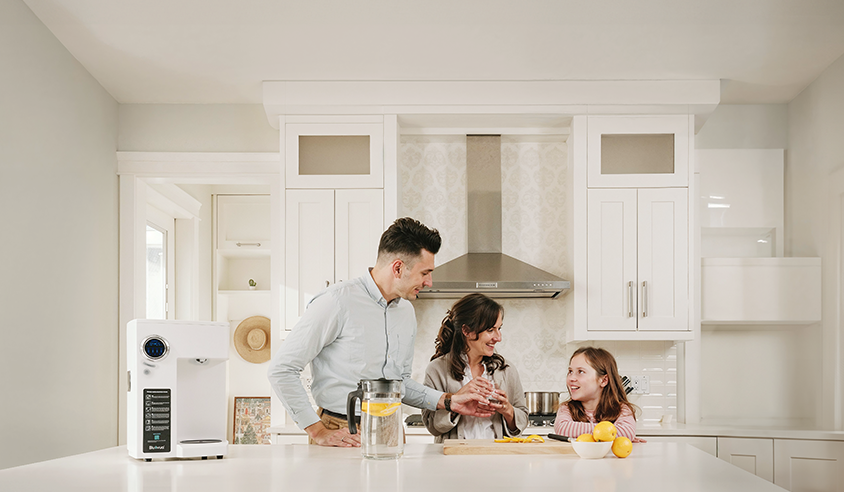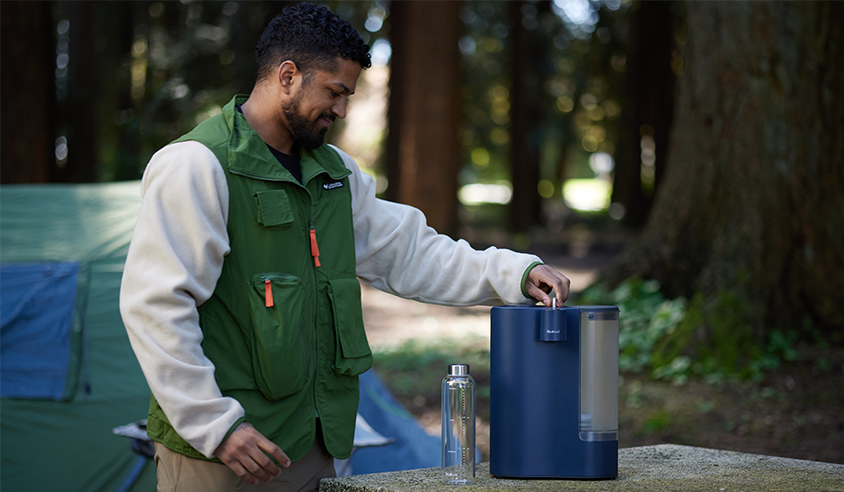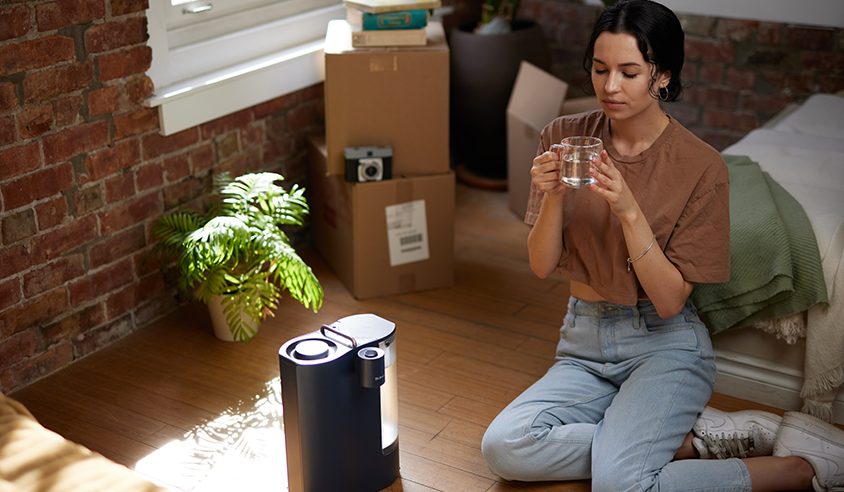Introduction
If you're worried about what's in your drinking water, you're not alone. Clean water is key to good health, and that's where a Reverse Osmosis System comes into play. It's a top-notch filter that could take your tap water from questionable to clear. This article will help you figure out if your water's got stuff in it you don't want, explain what a Reverse Osmosis System does, and help you decide if it's something you should get. Let's get started on the path to cleaner water and healthier living.

Check Your Water's Health First
Before you consider buying a Reverse Osmosis System, it's important to know what's actually in your water. Just like you wouldn't take medicine without knowing what it's for, you don't want to get a water filtration system without understanding what you're trying to filter out.
Look and Learn
Examine your tap water in a clear glass. Is it cloudy? Cloudiness might indicate sediments, which are common in well water. Spot floating particles? That could signal old pipes shedding material. If your coffee machine or humidifier has scale buildup, your water likely contains high minerals, typical of hard water. A strong chlorine smell or a metallic taste suggests chemical treatment or metal leaching. Also, if you're experiencing skin irritation like acne, it could be linked to your water quality. These signs can help determine the need for a more thorough water analysis.
Get the Facts
Next, you can do a bit of detective work on your water supply. Many areas have a water report available from the local government or water provider. This report will tell you what's been found in your water and if it meets health standards.
Test It Yourself
Those who like to handle things personally can buy a home testing kit. These kits come with instructions and can tell you about a range of possible pollutants – from chlorine levels to whether there are traces of harmful chemicals like lead.

What are Unwanted Guests in Your Water?
Once you've taken a good look at your water and perhaps even had it tested, you might find it's not as pure as you'd hoped. Your water can carry a whole variety of unwanted guests – from harmless minerals to harmful contaminants that could affect your health.
- Common Culprits: Some of the usual suspects in tap water include chlorine, used to kill germs but not great for taste or smell; heavy metals like lead or mercury, which can sneak into water through old pipes; and other pollutants like pesticides, which can run off from agricultural land into our water sources.
- Health on the Line: The normal trace amounts of some elements in water are typical, but sometimes higher levels can be a problem. Higher levels of lead can cause serious health damage, especially in children. Other chemicals, like nitrates found in fertilizers, can seep into the water and pose a health risk if large quantities are consumed.
- Monitoring and Mitigation: To safeguard against these potential dangers, it's essential to regularly test your water, particularly if you rely on a private well or live in an area with aging infrastructure.
Knowing what's in your water is crucial, but understanding the potential health impacts of these contaminants is even more vital. A Reverse Osmosis System does this effectively: it filters out many common-and some not-so-common-contaminants in your water. With such a system in place, you're better equipped to make an informed decision about safeguarding your home's water supply, ensuring that you and your family enjoy clean and safe water.

How Reverse Osmosis Systems Work?
Knowing how a reverse osmosis system works is important in deciding whether it is right for you. Reverse osmosis systems do much more than any filter is capable of doing, and they literally work as gatekeepers, allowing only the purest water through to your tap.
A Multi-Stage Process
Reverse osmosis typically involves several steps. First, there is a pre-filter that catches sediment and reduces chlorine, which may clog or damage the main reverse osmosis membrane. Then, of course, there's the star of the show: the RO membrane. This fine filter deals with contaminants as small as 0.0001 microns, which means it can target even the tiniest impurities, including many small-diameter heavy metal

The Final Polish
After the reverse osmosis membrane does its job, the water often passes through a post-filter. This final stage polishes the water to remove any last traces of taste and odor, delivering clean water to your glass.
Efficiency Matters
Reverse Osmosis Systems are lauded for their filtration precision, but their efficiency also encompasses waste-to-clean water ratios and daily production capabilities. On average, an Under-sink system will produce one gallon of purified water for every four gallons processed. However, countertop reverse osmosis systems can achieve ratios as favorable as 1:3.
Is a Reverse Osmosis System Right for You?
Making the choice to install a Reverse Osmosis System in your home shouldn't be taken lightly. It's an investment in your health and well-being, but it's also essential to weigh the pros and cons based on your specific situation.
- Contaminant Checklist: Review your water test results against the list of contaminants that reverse osmosis is known to reduce. If your water has high levels of lead, arsenic, copper, nitrates, or other pollutants that RO systems are particularly effective against, this could tip the scales toward getting one.
- Water Use and Expenses: Look at your household's consumption. Reverse Osmosis Systems are available to produce several gallons of filtered water daily. This is enough for most drinking and cooking demands. Moreover, if it is a countertop module, the RO-rejected water that is not suitable for drinking can be used for cleaning, greening, etc. Finally, look at the upfront cost and constant upkeep-including filter replacements-to see if that is in your budget or not.
- Maintenance: Be ready for the required regular maintenance. Actual maintenance for keeping your system running at its best includes periodic changing of pre- and post-filters and replacement of the RO membrane as scheduled by the manufacturer.
- Taste Preference: Many users notice a difference in taste between reverse osmosis water and tap or bottled water due to the removal of minerals. If taste is a priority for you, it's worth considering whether the "purer" taste of RO water suits your palate.

Elevate your water experience with the Bluevua ROPOT(UV) Countertop Reverse Osmosis Water System, a testament to convenience and modern design. Certified and tested by authoritative third-party institutions, this system offers superior 6-stage filtration coupled with UV light, ensuring every glass is free from pollutants and rich in taste. Its hassle-free installation, energy-efficient operation, and innovative reuse of RO-rejected water make it an economical choice for any home. Maintenance is refreshingly straightforward, with a clear filter life indicator and dishwasher-safe components. With its commitment to quality, health, and sustainability, the Bluevua ROPOT(UV) is more than a purchase-it's an investment in a cleaner, healthier lifestyle.
The Value of a Reverse Osmosis System in Your Home
Investing in a reverse osmosis system is a conscious choice for superior water quality and enhanced health. Known for their formidable efficiency, RO systems can significantly reduce a vast array of harmful contaminants, offering a level of purification that far exceeds standard filters. The Bluevua ROPOT(UV), with its sleek design and advanced technology, simplifies this process, making it more accessible, straightforward, and cost-effective. By choosing the ROPOT(UV), you're opting for a solution that deftly combines convenience with environmental responsibility, ensuring that achieving clean, safe, and delicious water at home is easier than ever-truly an essential element of modern wellness living.





Leave a Comment
All comments are moderated before being published.
This site is protected by hCaptcha and the hCaptcha Privacy Policy and Terms of Service apply.